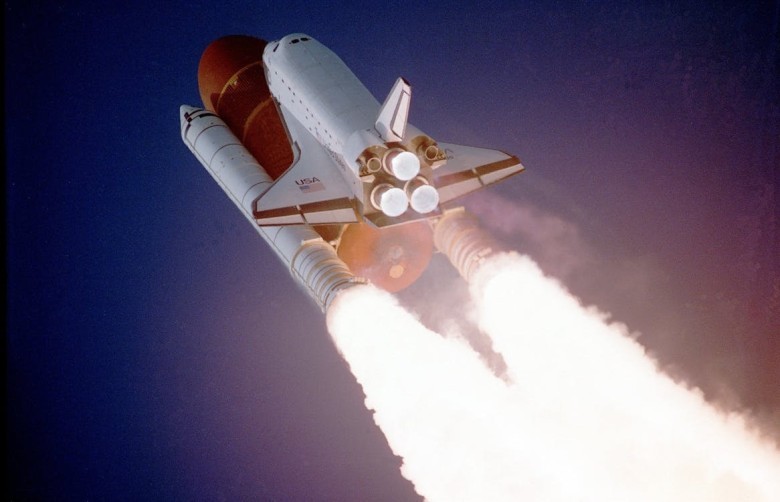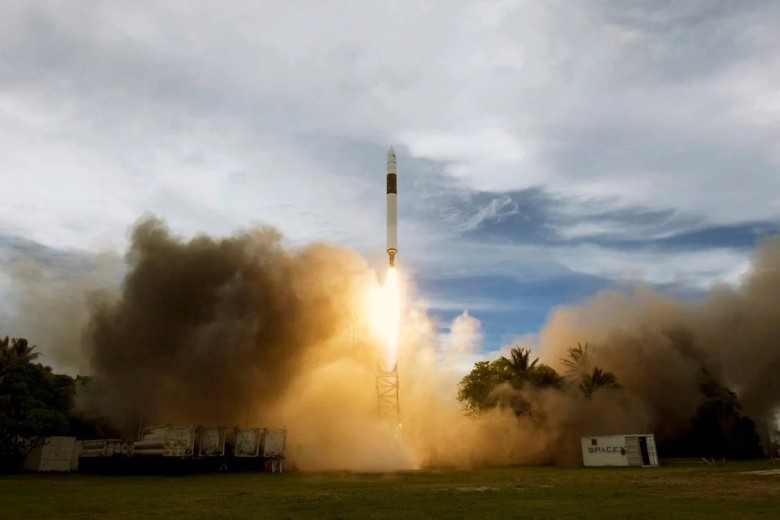
Interstellar Travel Breakthrough: NASA's Game-Changing Propulsion System Edges Humanity Closer to the Stars
In a watershed moment for space exploration, NASA has announced the successful testing of a revolutionary new propulsion system that could pave the way for practical interstellar travel within our lifetimes. The experimental engine, which harnesses the power of nuclear fusion, has demonstrated unprecedented speeds and thrust, bringing the prospect of manned missions to distant exoplanets and even the establishment of human outposts beyond our solar system into the realm of realistic possibility.

"This is a monumental achievement that has the potential to rewrite the boundaries of human exploration," said Dr. Sarah Brightman, NASA's Director of Advanced Propulsion Research. "With this technology, we are no longer constrained by the limitations of chemical rockets or even existing ion propulsion systems. We are on the cusp of unlocking the stars."
The announcement has reignited global excitement and optimism about humanity's future in space, with experts hailing the breakthrough as a pivotal moment that could fundamentally reshape the course of space exploration in the 21st century and beyond.
"This is the kind of technological leap that science fiction authors have dreamed about for generations," said Dr. Emily Shen, an astrophysicist at the University of California, Berkeley. "The ability to traverse interstellar distances in a timeframe that would allow for meaningful human exploration and colonization is a game-changer. It opens up a whole new realm of possibilities for our species."
The key to the breakthrough lies in the engine's innovative fusion-based propulsion system, which leverages the immense energy released by the nuclear fusion of lightweight elements like hydrogen or helium. Unlike traditional chemical rockets that are limited by the energy density of their propellants, this fusion engine can generate exponentially greater thrust and speeds, allowing for far more efficient and rapid interstellar travel.
"In essence, we're harnessing the same process that powers the sun to propel our spacecraft," explained Dr. Brightman. "By fusing atoms together, we're able to produce mind-boggling amounts of energy and momentum that can accelerate our vehicles to velocities that were simply unattainable with previous propulsion technologies."
The latest test runs have demonstrated the engine's ability to achieve speeds of over 20% the speed of light – a threshold that was once considered the theoretical limit for practical interstellar travel. At these velocities, a journey to the nearest potentially habitable exoplanet, Proxima Centauri b, could be completed in less than 20 years, a vast improvement over the centuries-long timelines associated with conventional chemical rockets.
"This is a monumental leap forward," said Dr. Shen. "For the first time, we're looking at the genuine possibility of sending human explorers to other star systems within the span of a single generation. The scientific and cultural implications of that are truly staggering."
The fusion engine's enhanced performance is not its only advantage. Unlike chemical rockets that rely on the finite supply of onboard propellants, this new propulsion system can theoretically operate indefinitely by continuously "refueling" itself with abundant interstellar hydrogen or helium. This significantly reduces the mass and volume requirements for long-duration missions, opening up new avenues for the design of smaller, more maneuverable spacecraft.
"The fact that we can maintain thrust and velocity over such vast interstellar distances is a total game-changer," said Dr. Brightman. "It means we're no longer beholden to the constraints of chemical or even ion-based propulsion. We can start thinking about building spacecraft that can truly explore our galactic neighborhood, rather than just making brief visits."This newfound capability has reignited discussions about the prospect of establishing human outposts beyond our solar system – a concept that was once firmly in the realm of science fiction. With the fusion engine's ability to transport larger payloads and sustain lengthy voyages, the idea of constructing self-sufficient habitats on distant exoplanets or even free-floating interstellar colonies is no longer the stuff of fantasy.
"We're really entering uncharted territory here," said Dr. Shen. "The possibility of humans living and working in interstellar space, potentially for generations, is no longer a pipe dream. It's a future that we need to start seriously planning and preparing for."
Of course, the road ahead is not without its challenges. Significant technological hurdles remain in areas such as life support systems, in-situ resource utilization, and the development of robust interstellar infrastructure. There are also complex ethical and philosophical questions to grapple with as humanity confronts the prospect of permanently leaving its ancestral home.
"This is uncharted territory, both technologically and existentially," acknowledged Dr. Brightman. "We're going to have to tackle a whole host of new challenges, from the practical to the metaphysical, as we venture deeper into the cosmos. But I believe humanity is up to the task. This is the destiny that has driven us since the dawn of our species – to explore, to discover, to expand our horizons beyond the confines of Earth."

The announcement of the fusion engine breakthrough has already generated immense global excitement and anticipation, with space agencies around the world eager to collaborate on the next stages of development and implementation. Governments, private sector players, and the general public alike are rallying behind the prospect of a future where interstellar exploration and even extraterrestrial colonization are within reach.
"This is a pivotal moment in human history," said Dr. Shen. "The ability to traverse interstellar distances opens up a whole new realm of scientific discovery, technological innovation, and cultural transformation. It's a future that holds the promise of unlocking the secrets of the universe, establishing a permanent human presence beyond our solar system, and redefining our very place in the cosmos."
As the world celebrates this remarkable achievement, the researchers and engineers behind the fusion engine breakthrough remain focused on the daunting challenges that lie ahead. But there is a palpable sense of optimism and determination that this is just the first step in humanity's grand odyssey to the stars.
"We stand on the precipice of a new era of exploration and expansion," said Dr. Brightman. "The fusion engine is the key that could unlock humanity's destiny among the stars. Now, the real work begins – to turn this breakthrough into a reality that will transform our species forever."












Comments
0 comment